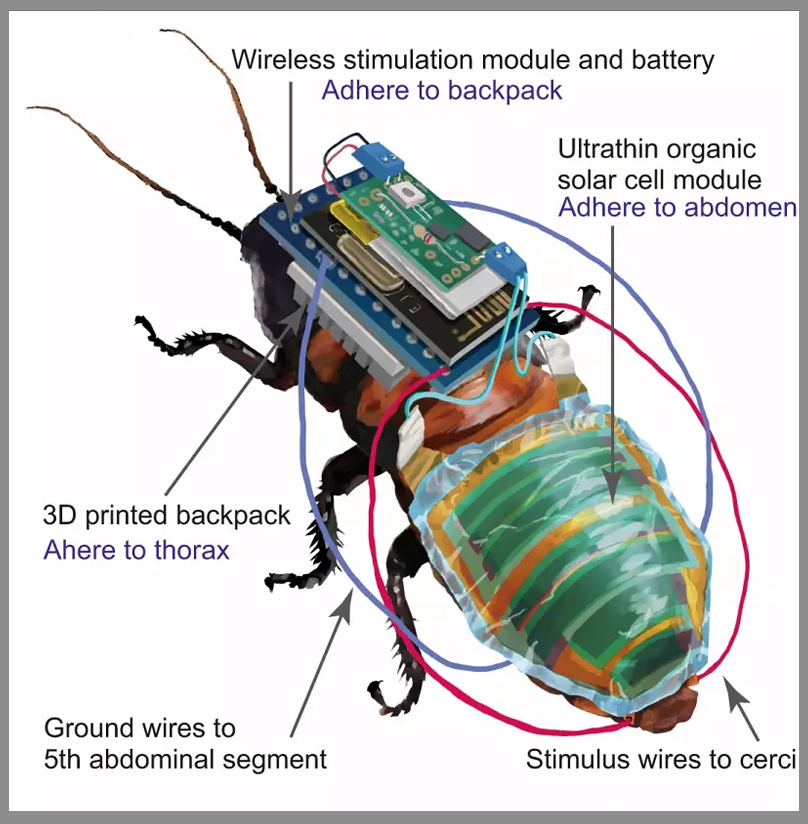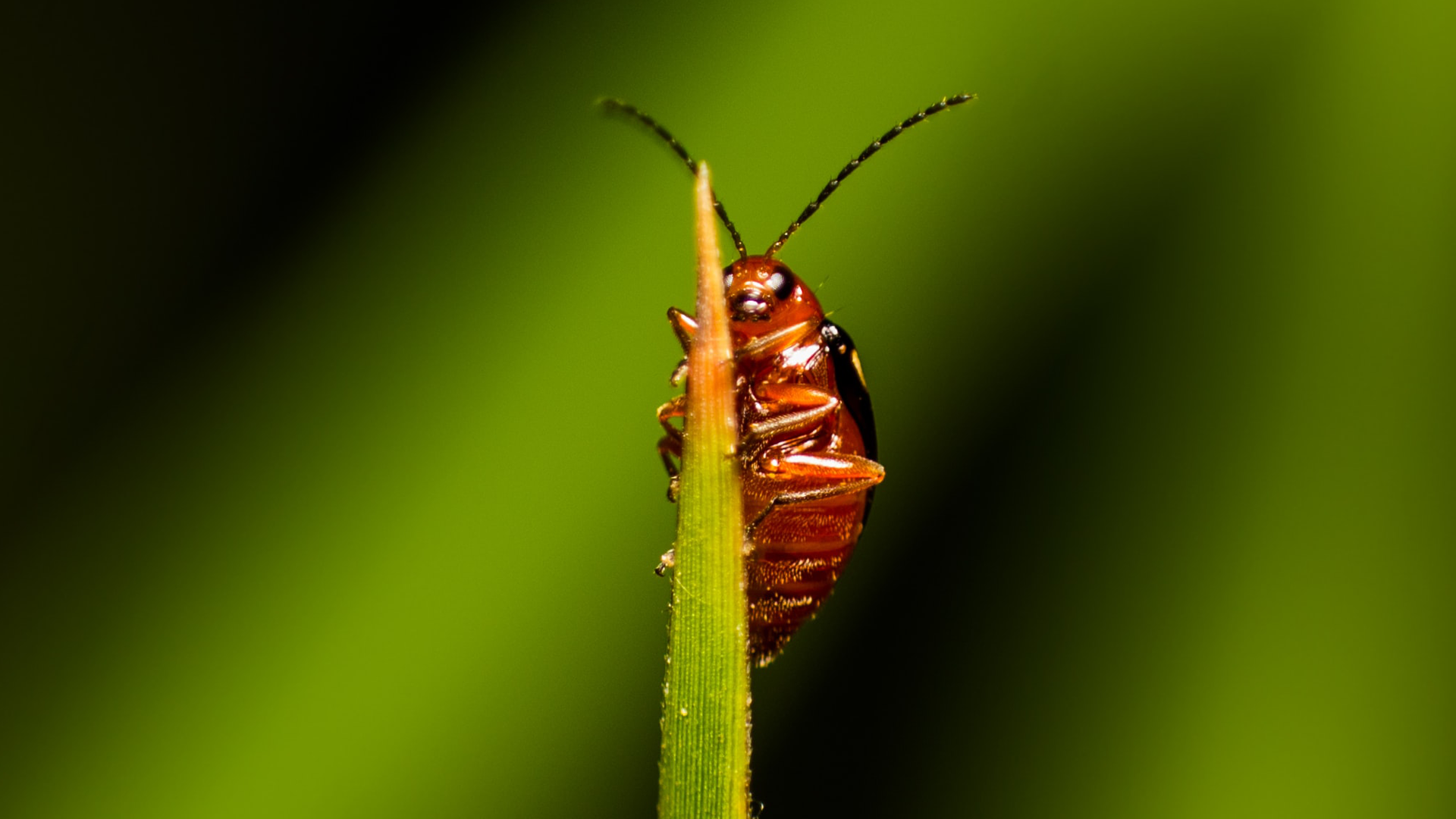The idea of using cockroaches to help search and rescue missions has been in development for quite some time. Now, Japanese researchers have implemented solar cells into an electronic backpack which can be mounted onto real cockroaches.
Some scientific research projects are so off-the-wall it’s hard to believe they’re actually real.
Such is the case with RIKEN’s newly-developed solar cell cockroach backpack. Created by researchers in Japan, it mounts onto a remote-controlled cyborg cockroach and can navigate through warzones and remote, dangerous sites. Yes, I’m being serious.
The small module will allow researchers to remotely control the insect’s movements via electrical stimulation in its abdomen. It includes a rechargeable battery connected to a solar cell, which means the device can continually generate electricity on the move without the need for battery replacements.
To be clear, the electronics are attached to a real cockroach – not a robot made from scratch. We’re not that deep down the Matrix rabbit hole just yet.


The inclusion of a solar cell is an upgrade from previous models first developed by North Carolina State University in 2015. These originally used regular, small batteries, limiting the time available to navigate the insect before power ran out.
Other bugs and creatures have been given a cyborg makeover for a variety of uses. Cyborg locusts, for example, can be used to identify explosives through smell, while cyborg dragonflies have proven to be effective miniature drones. Even beetles have received the robotics treatment.




















